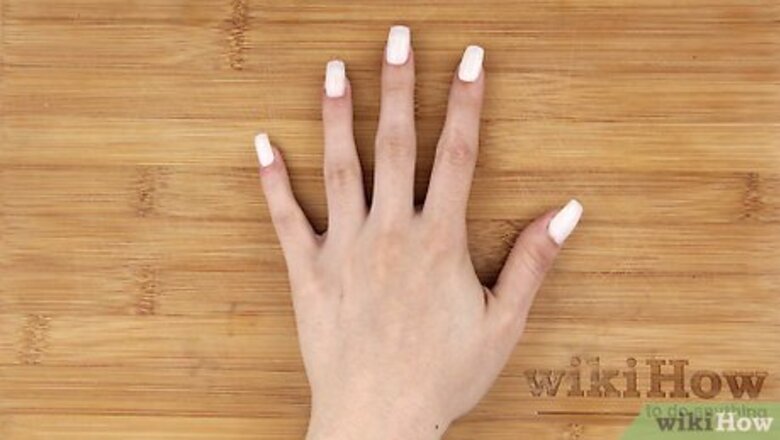
views
Preventing Chipped and Broken Nails
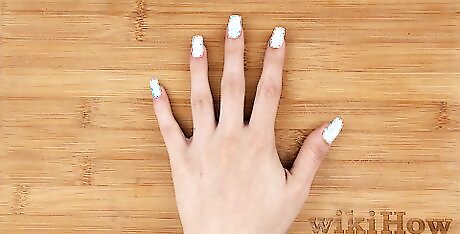
Choose a length that will work for your lifestyle. Long acrylics (those that extend more than 0.5 in (1.3 cm) past your fingertip) are more likely to chip and break, especially if you work with your hands or do hobbies that are rough on your hands. To reduce the chances that your nails will break or chip, select a length that is compatible with your lifestyle. For example, if you work a job that requires you to make things with your hands, such as in manufacturing, then you may need to choose a shorter length acrylic, such as 0.5 in (1.3 cm) past your fingertip. If you do household chores on a daily basis, then long acrylics may also interfere.
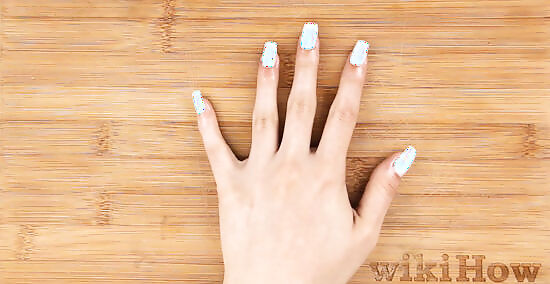
Apply nail oil 1 to 2 times daily to keep nails flexible. When your acrylics are stiff and rigid, they are more likely to break. Keep them flexible by adding a couple of drops of nail oil to each of your acrylics 1 or 2 times per day. Rub the oil into your nails to distribute it. You can find this product in the beauty supply section of a drug or grocery store.

Wear waterproof gloves to keep nails dry when you do chores. Water will weaken your acrylics and they may loosen and come undone as a result. To reduce the amount of water you get on your nails, put on a pair of waterproof gloves before you do any household chores that involve getting your hands wet. For example, put on a pair of vinyl gloves before you wash the dishes, scrub the bathtub, or clean your kitchen sink. Make sure that you wash and dry your hands thoroughly after doing chores as well to prevent the spread of bacteria. You may also want to swipe each of your nails with an alcohol swab after doing chores to ensure that they are clean.

See a nail technician right away if a nail chips or breaks. Do not attempt to fix a broken acrylic yourself! This may result in more damage, or even an infection depending on the severity of the break. Go to a nail technician and allow them to fix it for you. Never try to fix a broken acrylic using nail glue! Not all types of nail glue are water resistant, so this may not be effective.Want long-lasting painted nails without the extra length? Consider gel nails as an alternative to acrylics! They are cheaper, easier to maintain, and less damaging to your natural nails.
Keeping Your Nails Clean and Healthy
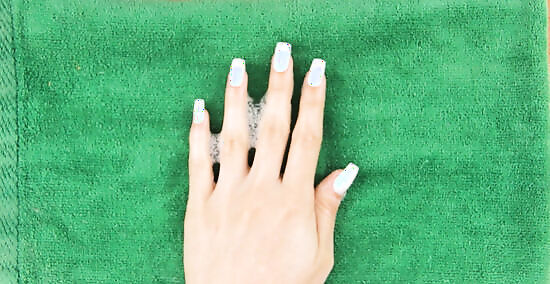
Wash your hands and nails regularly and any time they are dirty. Use mild soap and water. You may also want to get a soft-bristled nail brush to clean the surfaces of your acrylics since they tend to harbor more bacteria than the rest of your nails. Wet your hands and rub them together to distribute soap over them, and then use the brush to gently work the soap around the top and underside of your acrylics. Spend 20 seconds washing your hands. This is the same amount of time it takes to sing the “Happy Birthday” song 2 times.

Dry your hands and nails thoroughly each time you wash them. After you wash your hands and nails, dry them off completely! Keeping your nails dry will help to prevent the spread of bacteria and fungus. Pat your skin and nails with a clean dry towel. Avoid warm air dryers. Use a paper or cloth towel to dry your nails.Tip: Keep a bottle of alcohol-based hand sanitizer with you at all times in case you can't wash your hands with soap and water right away. This will help to kill any bacteria on your hands that might lead to a nail infection.
Apply lotion to your hands to keep them moisturized. After you have finished drying your hands, apply hand lotion to your hands and nails to help restore the lost moisture. Rub the lotion all over your hands paying special attention to your cuticles and nails. This will help to keep your nails healthy by creating a protective barrier over your skin and cuticles. The extra moisture may help to prevent your skin from cracking, which is how bacteria make their way in. You can also use cuticle oil to keep the skin around your nails moisturized, which will help prevent hangnails.
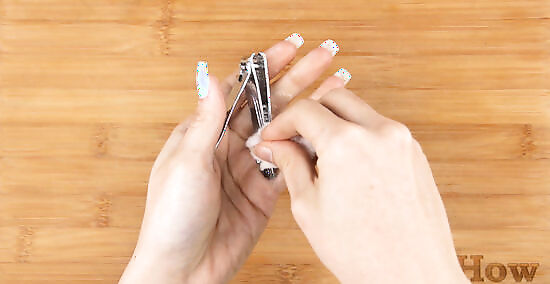
Use clean nail tools to prevent the spread of infection. Clean your nail tools by washing off any debris with dish soap and warm water first. Then, rub the tools with an alcohol-soaked cotton ball and soak the tools in isopropyl alcohol for at least 30 minutes. A nail infection will compromise the strength of your acrylic nails, and you will likely need to get them removed to allow the infection time to heal. Always use clean nail tools to trim and file your acrylic nails to ensure that you are not spreading bacteria to them. Never share nail tools, even if they are clean! Sharing tools may lead to an infection. Ask your nail technician how they clean their tools to be sure that they are cleaning them properly before doing your nails. Also, make sure that your nail technician is licensed and that the salon has a current license as well.
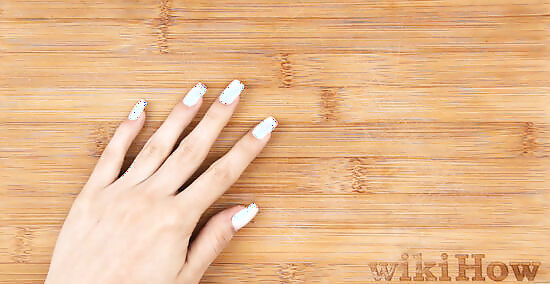
Ask your nail technician not to trim your cuticles. Trimming your cuticles increases your risk of getting a nail infection by creating another entryway for bacteria and fungus. To reduce your risk, ask your nail technician to skip trimming your cuticles if this is something they usually do. You or your nail tech can apply cuticle oil and push back your cuticles instead.
Maintaining Acrylic Nails Long-Term
Get a touchup every 2 to 3 weeks. As your nails grow, your acrylics will need to be trimmed, filed, and re-painted. Get regular maintenance from a professional nail technician to keep your acrylics looking great! Try to see the same nail technician every time you go to the salon so that they will know the situation with your nails and you will get consistent results. Choose an experienced nail technician to care for your acrylic nails. When done properly, you might go 2-4 weeks without seeing any breaks or cracks in your nails, and sometimes longer.#*You can also use cuticle oil to keep the skin around your nails moisturized, which will help prevent hangnails. Tip: Make yourself an acrylic nail care kit for care and touch ups on the go! Include a small bottle of hand lotion, a bottle of matching nail polish, and a nail file.
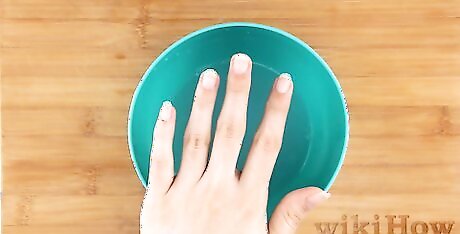
Visit your nail technician and have your nails removed every 3 months. Your nail technician will soak your acrylic nails with pure acetone for about 20 minutes to loosen them. Then, your nail technician will use a cuticle pusher to gently separate the acrylic nails from your natural nails. Get this done every 3 months to ensure that your nails look their best! Never try to pull off your acrylics! You will pull off bits of your natural nails along with them and this will weaken your natural nails.
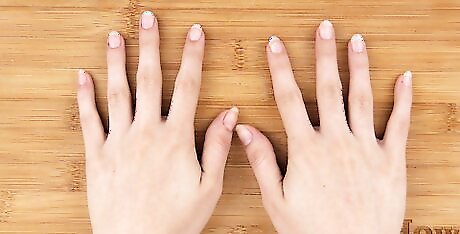
Wait at least a week after removal to get new acrylic nails. Your natural nails need to breathe every few months, so give them a chance to do that after you have them removed. Wait at least 1 week before applying any nail polish or getting new acrylics put on your nails. During this time, you may want to keep your nails short and evenly filed to prevent breakage. Keep in mind that acrylic nails stress your natural nails, so the longer you can wait between reapplying them, the better! It is important to give your natural nails plenty of time to regenerate before reapplying acrylics.




















Comments
0 comment